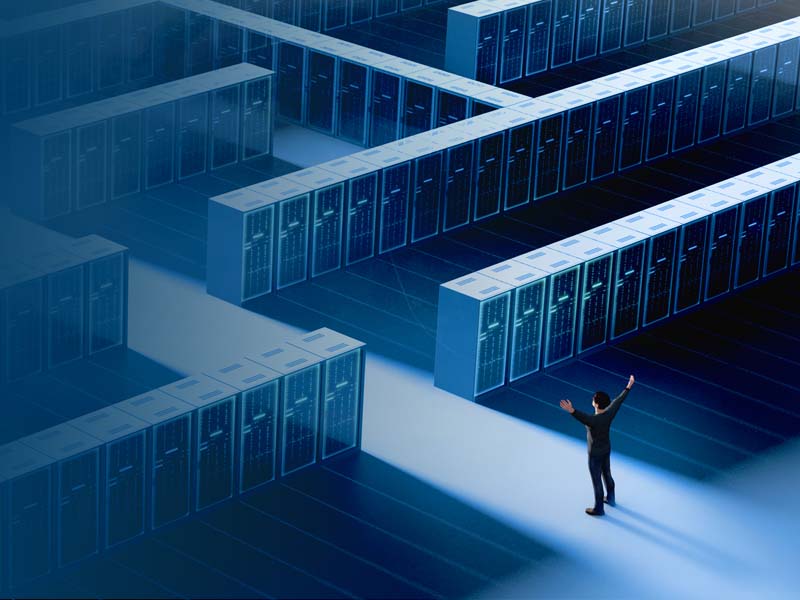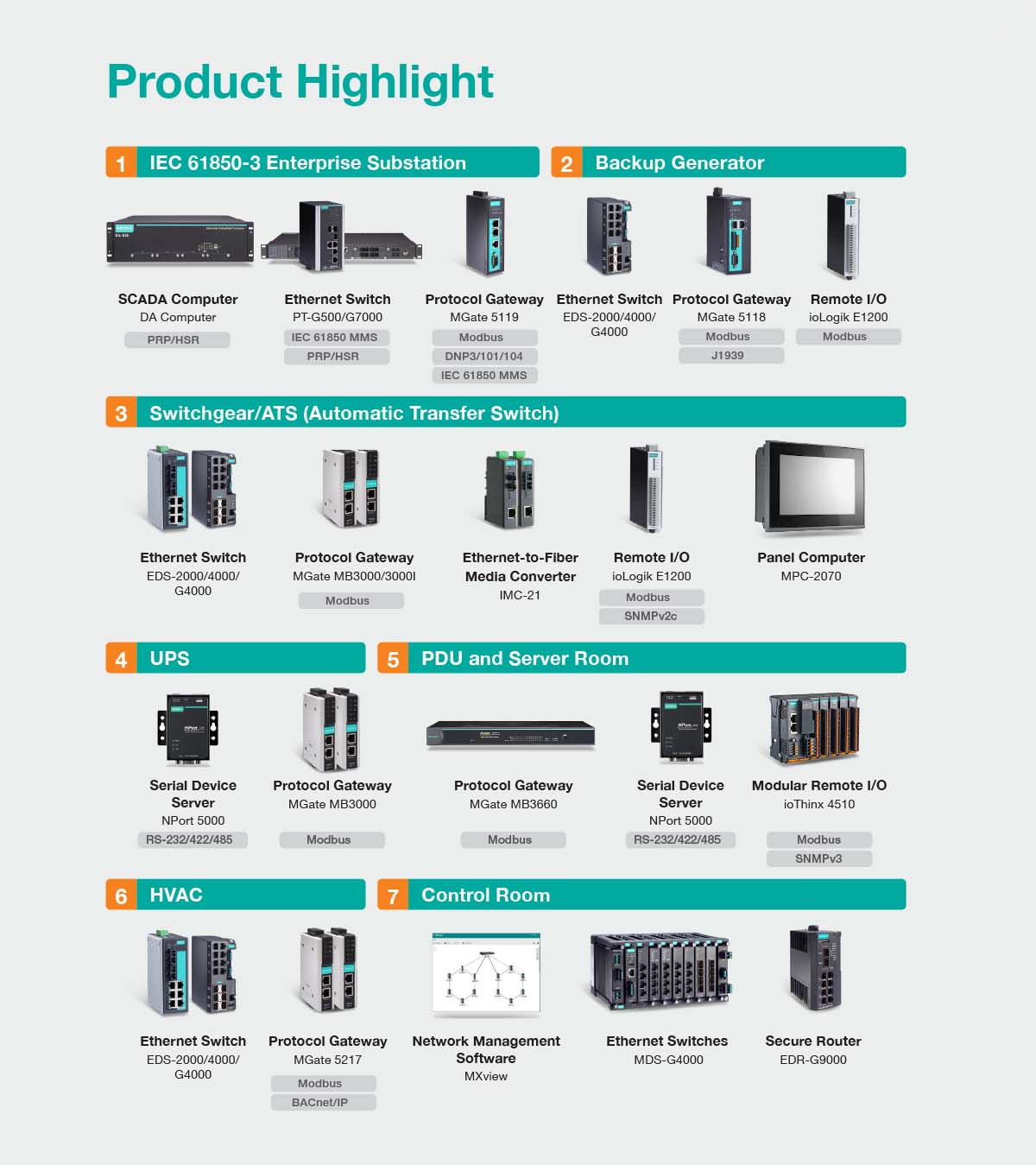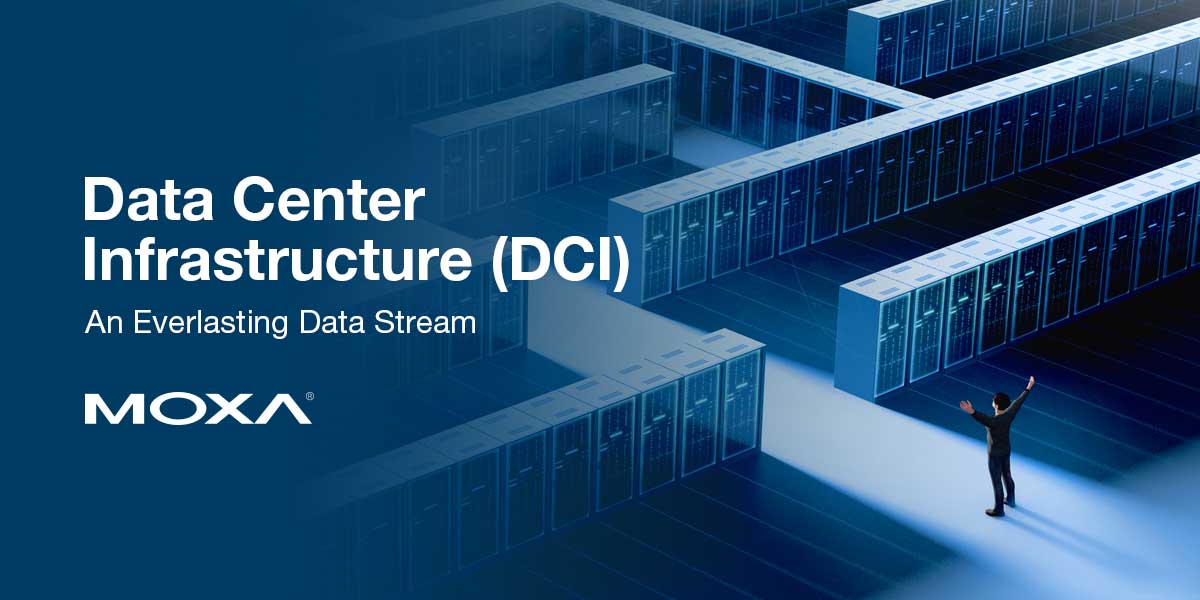
Power Quality Is the Foundation of Energy-efficient Operations
Improving power system efficiency is critical to ensure power equipment operating at optimal condition and achieving top energy efficiency. Providing IT load stable power through optimal power infrastructure design may achieve significant energy-saving benefits Power disturbances may cause long-term harm to electrical equipment, directly affecting DC operating efficiency
An Everlasting Data Stream
To realize cross-system data analysis and collaboration, DCIs will have to move away from a silo OT network to one that integrates all together. Knowing how to remove the communication barriers to easily integrate several OT networks will be key.
To successfully optimize PUE in an ever-changing data center, the deployment of monitoring points must be increased tenfold. With massive amounts of data abound, efficient data collection is critical to visualize the entire system for optimization.
Beef Up Resilience
Modern consumers’ demand for large data centers has increased from 99.982% to 99.995%. This phenomenon has mainstreamed 2N+1 power supply systems. As these systems are driven by net zero, data centers have integrated renewable energy with their existing power sources. The complicated power system design makes ensuring an uninterrupted operation a difficult yet necessary requirement.
Gain Full Control
To further optimize energy efficiency, the cooling requirements of the servers must be calculated and controlled precisely. However, a better understanding of the drastic fluctuating variables, because of the varying levels of computing needs and the surrounding temperatures and humidity, is necessary to accurately predict the energy required.
Get the Full Picture
To optimize energy consumption and allow a DCI system, for example, to make automatic adjustments based on AI calculations, OT data from various systems, such as Electrical Power Management system (EPMS), Building Management System (BMS), Power SCADA, etc., must be integrated into the Data Center Infrastructure Management (DCIM). This allows IT staff to get a more precise view of all the subsystems in the data center while avoiding PUE distortion. Having the ability to see the system in its entirety helps shorten reaction times if problems occur, thus minimizing maintenance risks.

